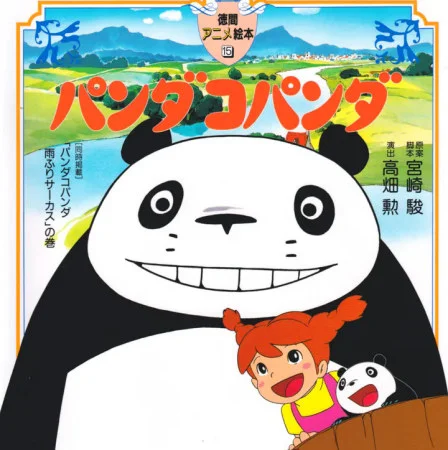Miyazaki explains the real reason why Totoro doesn’t speak
My Neighbor Totoro: The Real Reason He Doesn’t Talk
The clue comes from a movie that could be considered the roots of “My Neighbor Totoro.”
You’ve probably all noticed that in the movie My Neighbor Totoro (となりのトトロ), Studio Ghibli’s eternal masterpiece, the Totoros that appear in the movie have no dialogue.
Great Totoro lets out a loud cry that sounds like “To~ to~ ro~” when he first meets Mei and Satsuki at the base of the cedar tree.
But why doesn’t Totoro speak at all in the movie?
The clue to solving this mystery lies in an explanation in “Panda Kopanda” (パンダコパンダ), an animated book by Tokuma.

“Panda Kopanda” (called in Spain as “The Adventures of Panda and his Friends”) is a 1972 anime film in which Hayao Miyazaki and Isao Takahata collaborated, who would later found Studio Ghibli. The film became popular among children and a sequel was released in 1973.
If you haven’t seen it yet, you can see it from this link.
The plot revolves around a family of pandas that arrive at the house of a girl named Mimiko. Papanda’s father is eloquent and is known for his famous Japanese line 「特に竹やぶがいい」 (“especially bamboo fields”), referring to how tasty bamboos look.
Papanda’s voice was dubbed by veteran actor Kazuo Kumakura, who also appeared in other anime such as Astroboy and Ultraman.
In an interview, Hayao Miyazaki said the following:
For me, “Panda Kopanda” is the roots of “My Neighbor Totoro.”
In the two ‘Panda Kopanda’ movies, I made Kazuo Kumakura (Papanda) speak as much as possible. I consider ‘Panda Kopanda’ to be the roots of ‘My Neighbor Totoro,’ so if we had let Totoro speak just one word, he would have lost his mystery and wonder, so we didn’t give him any dialogue.


